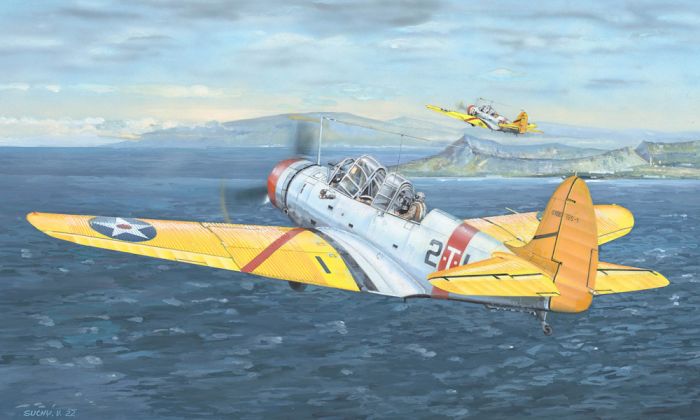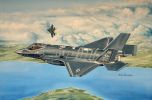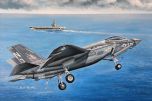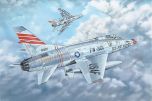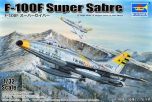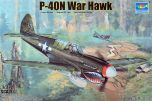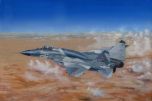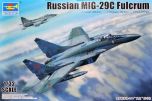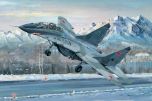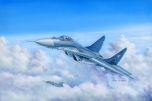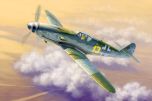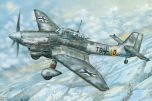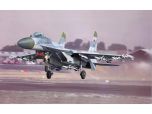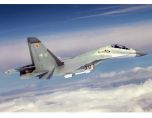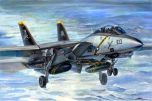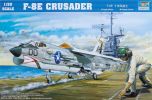Trumpeter 1/32 Douglas TBD-1 'Devastator' # 02226
The Douglas TBD Devastator was a torpedo bomber of the United States Navy, ordered in 1934, it first flew in 1935 and entered service in 1937.
At that point, it was the most advanced aircraft flying for the USN and possibly for any navy in the world.
However, the fast pace of aircraft development caught up with it, and by the time of the Japanese attack on Pearl Harbor the TBD was already outdated.
It performed well in some early battles, but in the Battle of Midway the Devastators launched against the Japanese fleet were almost totally wiped out.
The type was immediately withdrawn from front line service, replaced by the Grumman TBF Avenger.
Crew: Three: Pilot, Torpedo Officer/Navigator, Radioman/Gunner
Length: 35 ft 0 in (10.67 m)
Wingspan: 50 ft 0 in (15.24 m)
Height: 15 ft 1 in (4.60 m)
Powerplant: One × Pratt & Whitney R-1830-64 Twin Wasp radial engine, 900 hp (672 kW) each
Maximum speed: 206 mph (331 km/h) at 8,000 ft (2,400 m)
Cruise speed: 128 mph (206 km/h)
Range: 435 mi (700 km) (378 nmi, 700 km)with Mk XIII Torpedo, 716 mi (623 nmi, 1,152 km) with 1,000 lb (454 kg) bombs
Item No 02226
Item Name TBD-1 Devastator
Bar Code 9580208022260
Scale 1:32
Item Type Plastic Model Aircraft Kit
Model Brief Length: 323.5mm Wingspan: 471.2mm
Total Parts 180+
Metal Parts n/a
Photo Etched Parts 1 piece
Film Parts n/a
Resin Parts n/a
Total Sprues 9 sprues , cowling and tires
More Features
- Detailed fuselage&wing w/accurate design
- Highly detailed Engines
- Finely detailed cockpit,gear cabin,
- Grooved rubber tires
- PE parts included
The TBD-1 Devastator was a carrier-based torpedo bomber aircraft that played a significant role in the early years of World War II.
Developed by the Douglas Aircraft Company, the Devastator was a pioneering aircraft in naval aviation, introducing several innovative features that influenced future aircraft design.
Introduced in the late 1930s, the TBD-1 Devastator was the United States Navy's first all-metal, monoplane torpedo bomber.
It featured a distinctive fuselage design with a prominent "gull wing" configuration, allowing the aircraft's large folding wings to clear the deck of aircraft carriers during takeoff and landing.
The Devastator was equipped with a crew of three: a pilot, a radioman/bombardier, and a rear gunner.
It had a central bomb bay for carrying torpedoes or bombs, making it capable of conducting torpedo attacks against enemy ships and providing naval strike capabilities.
Notably, the TBD-1 Devastator was the primary torpedo bomber used by the U.S. Navy during the pivotal Battle of Midway in June 1942.
Unfortunately, the Devastators faced significant challenges during this battle due to their slow speed and lack of effective defensive armament.
Despite these limitations, the Devastators engaged Japanese carriers, drawing enemy fighters away and contributing to the overall success of the U.S. forces in the battle.
While the TBD-1 Devastator's combat performance at Midway revealed its vulnerabilities, it highlighted the need for more advanced torpedo bombers.
The lessons learned from the Devastator's shortcomings led to the development of more capable aircraft that incorporated improved speed, armor, and weaponry.
The TBD-1 Devastator's service marked a transitional phase in naval aviation, as it helped pave the way for more advanced aircraft designs that emerged later in World War II.
Although it faced challenges in combat, the Devastator's role in history as a pioneering carrier-based torpedo bomber is remembered for its contributions to the development of naval aviation tactics and technology.
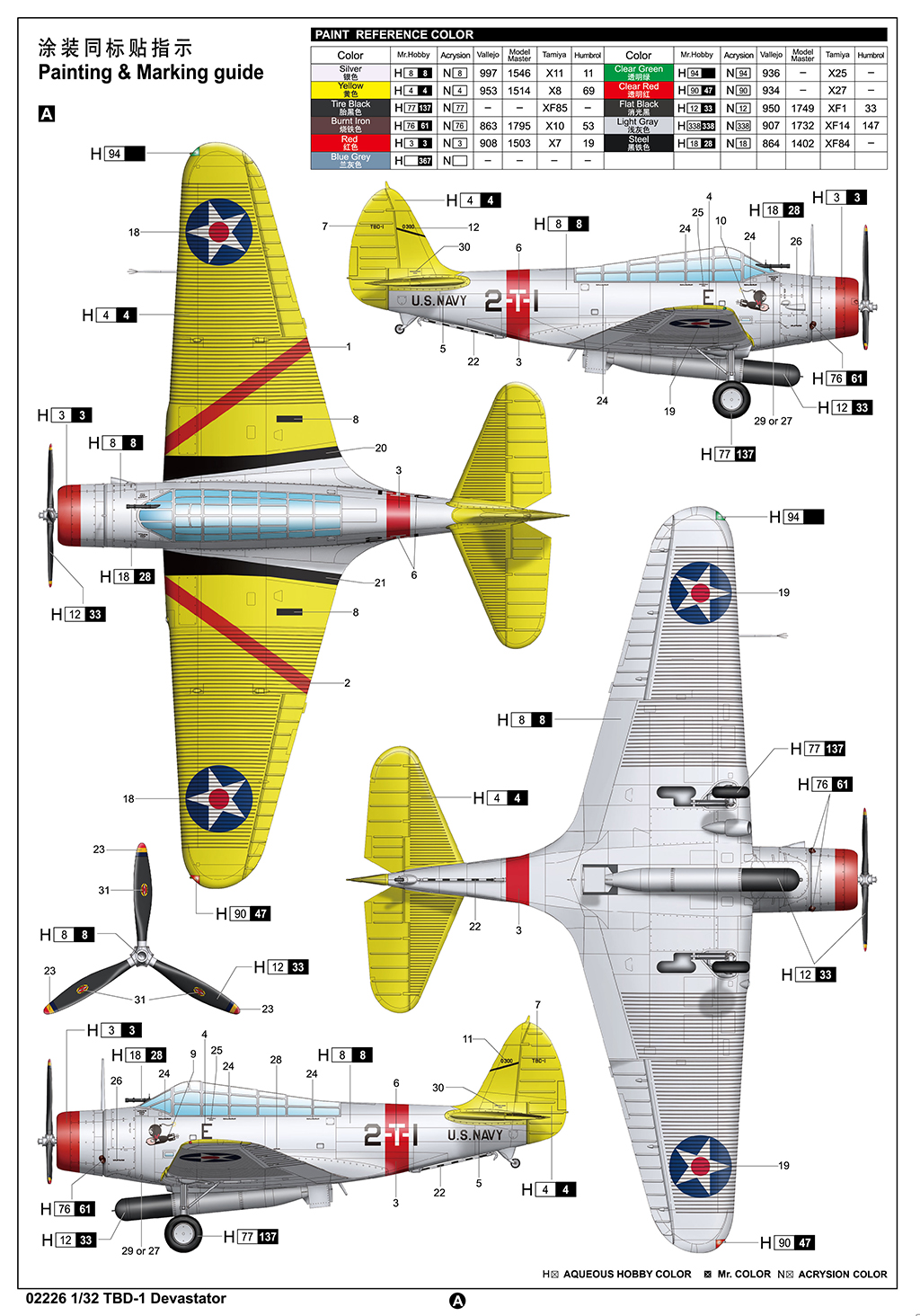

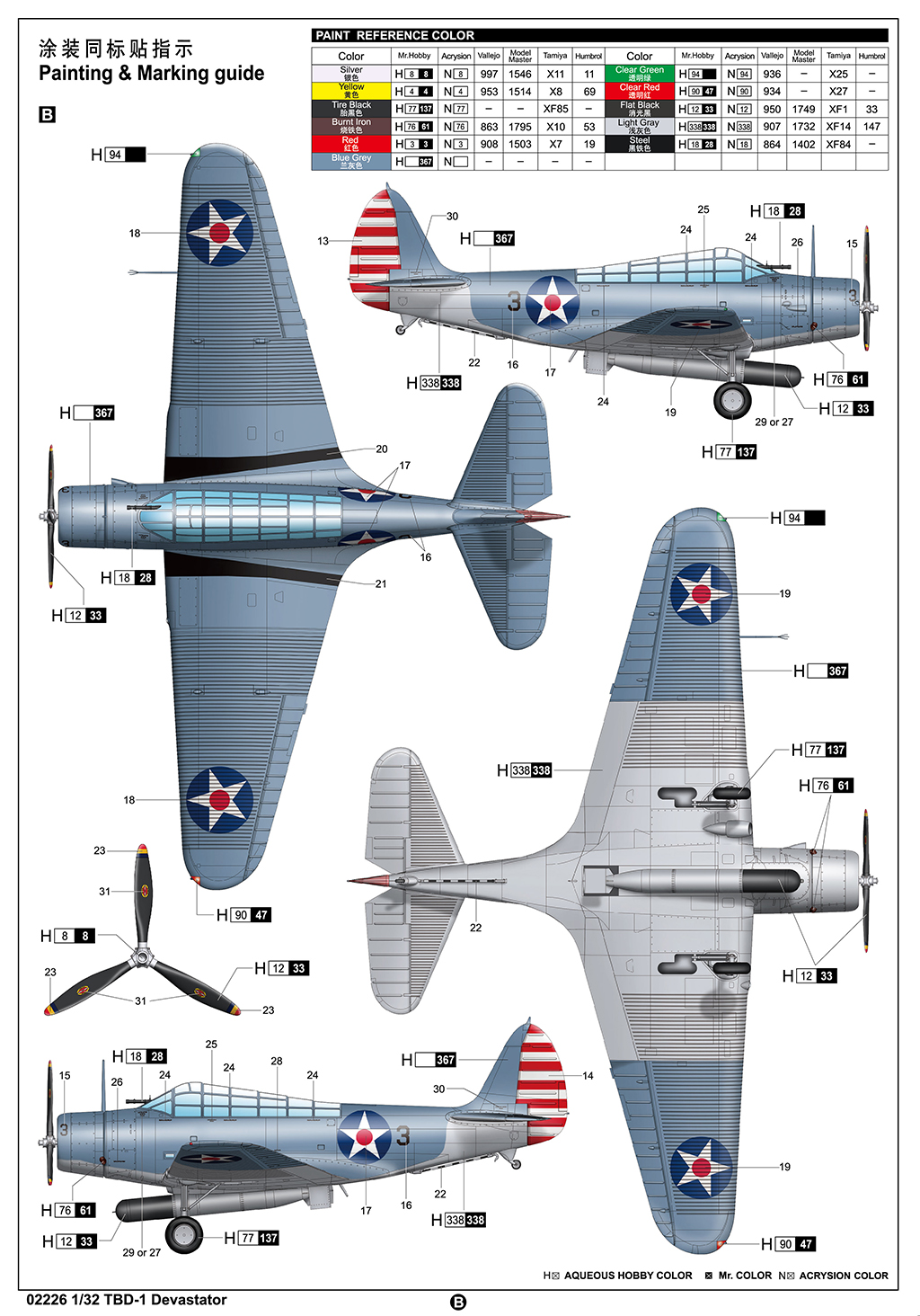








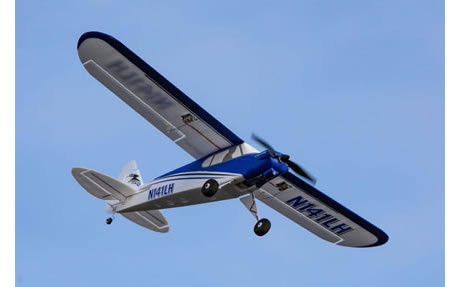
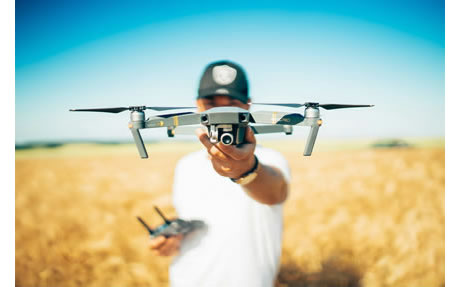










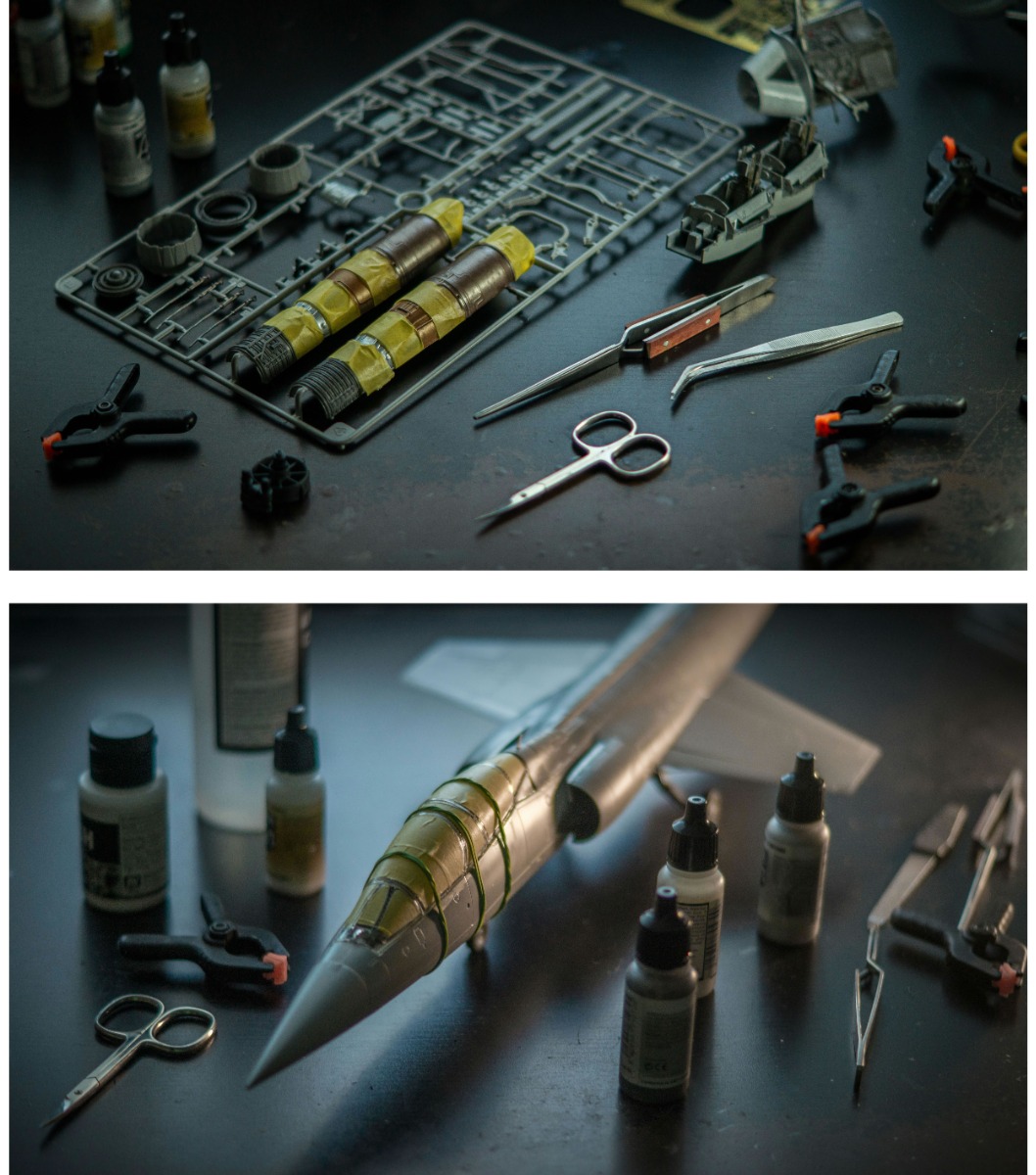
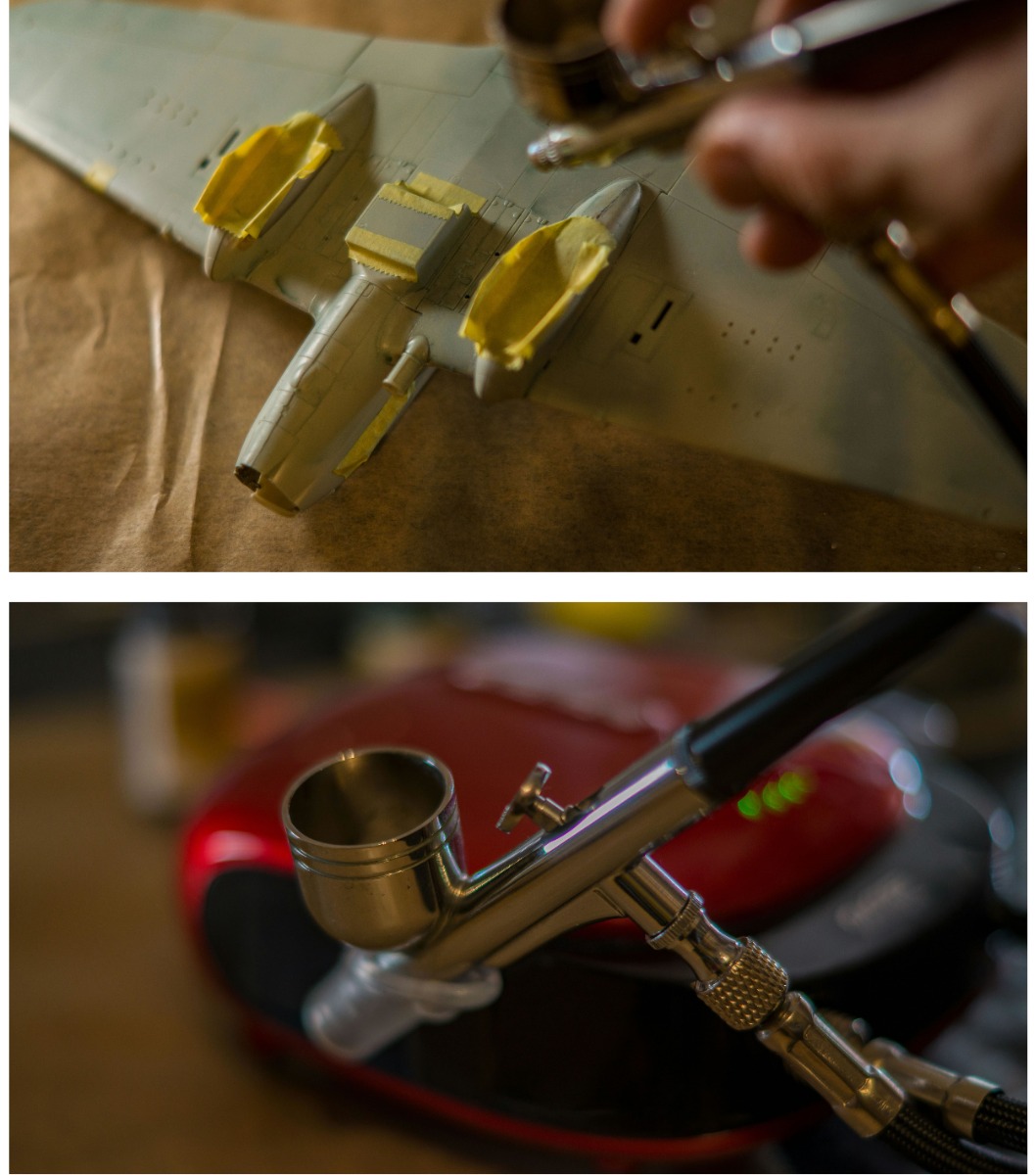
 Spread the cost with Paypal Credit
Spread the cost with Paypal Credit
 Spread the cost with Klarna
Spread the cost with Klarna

